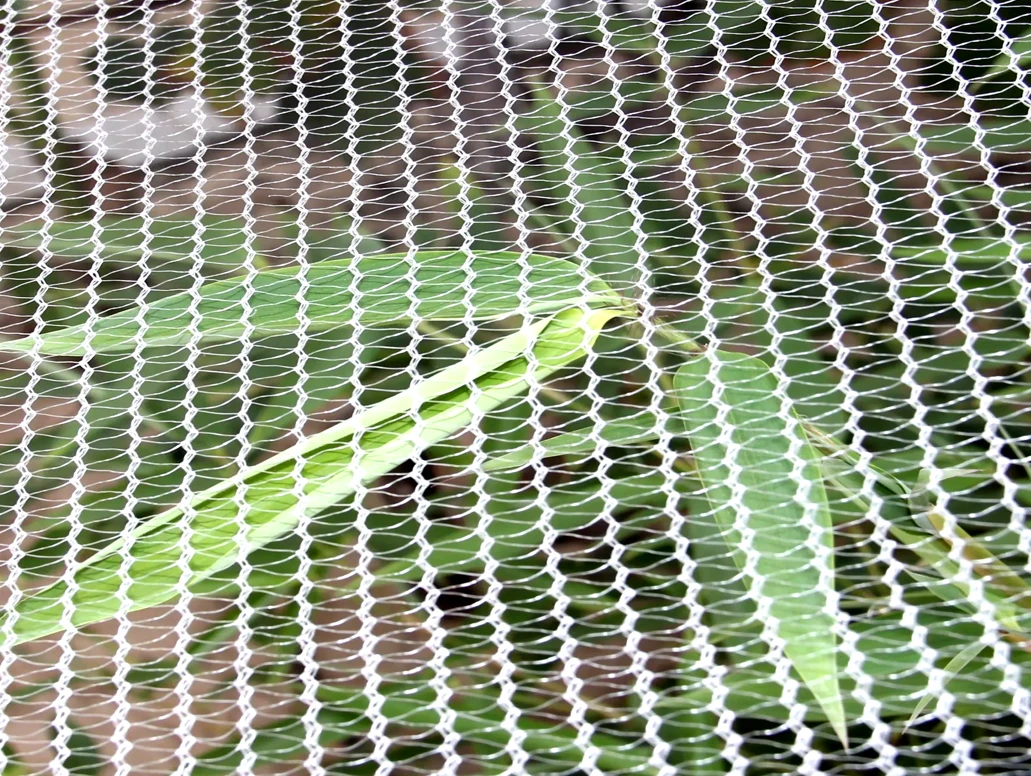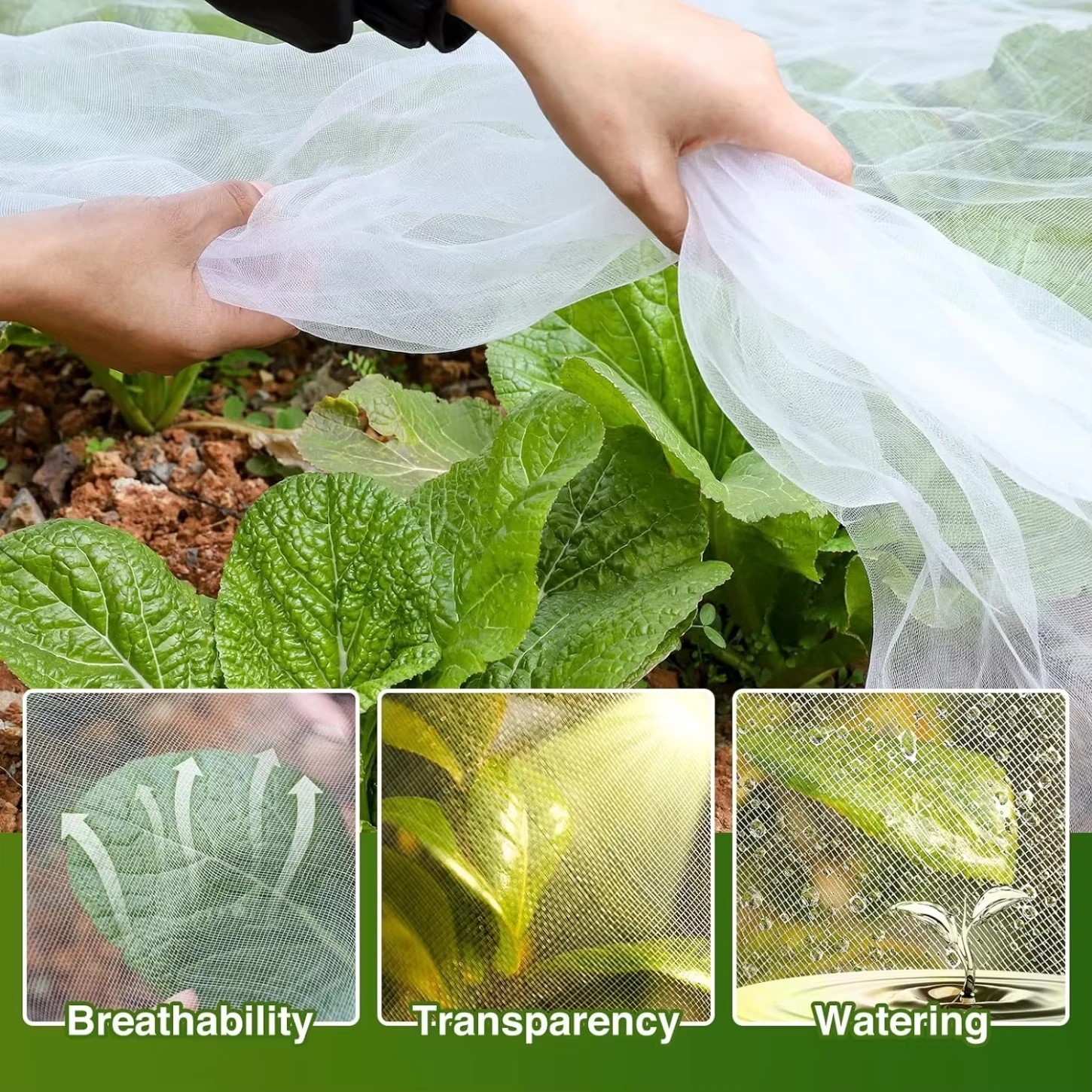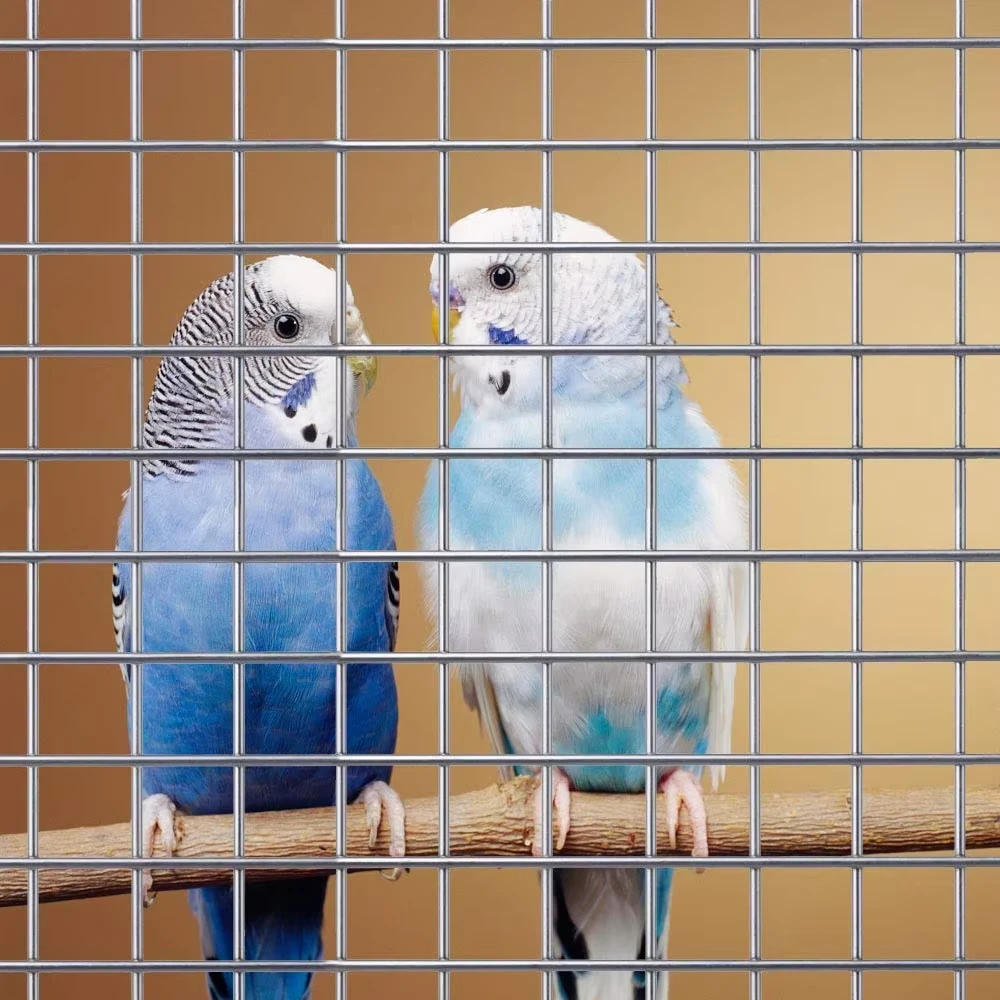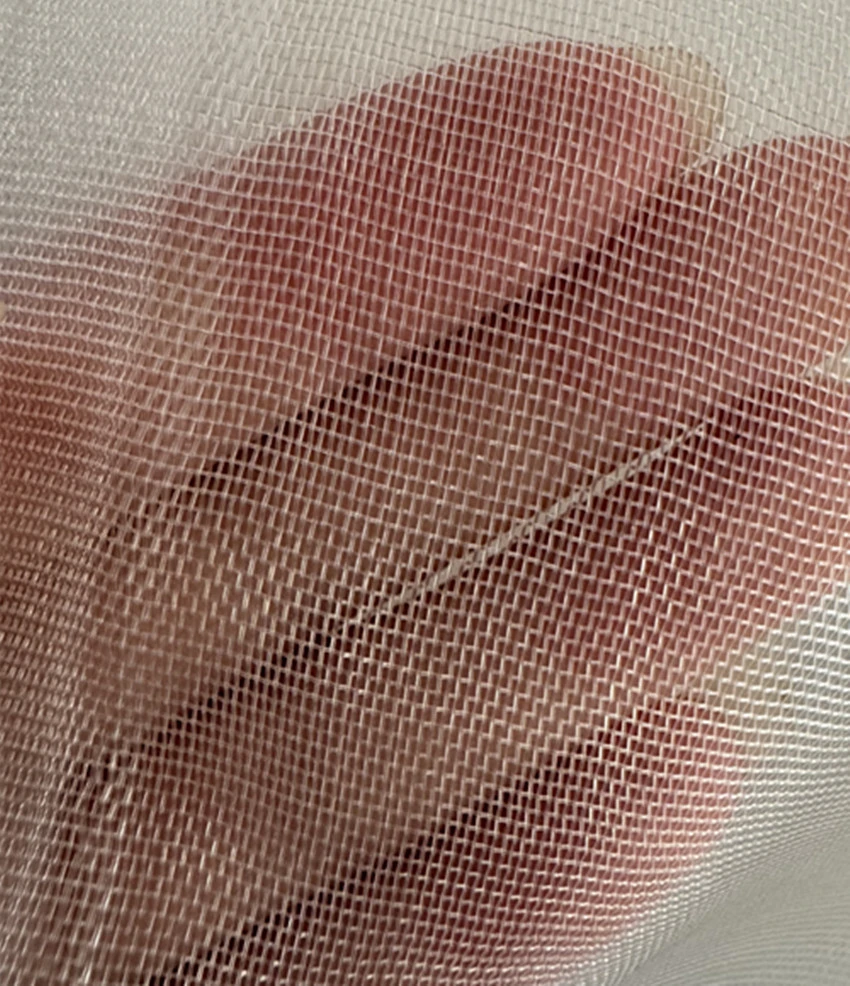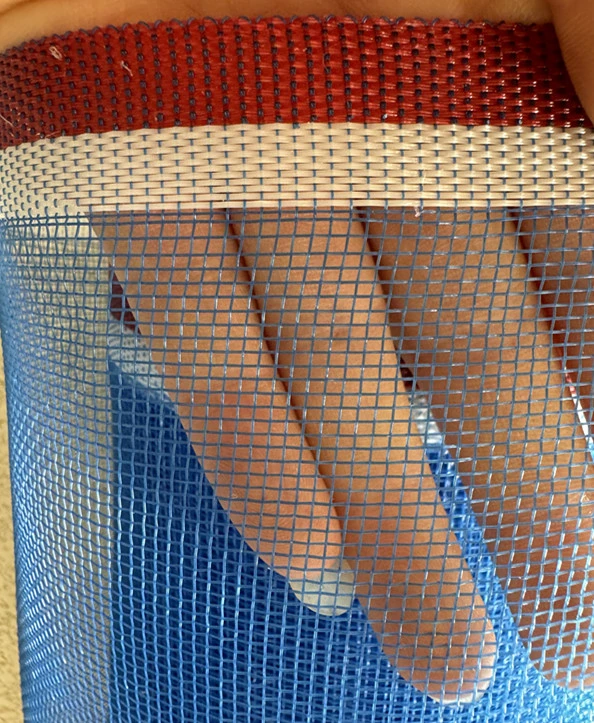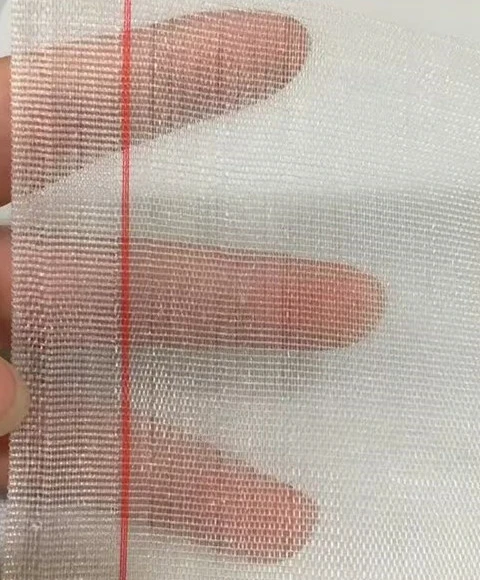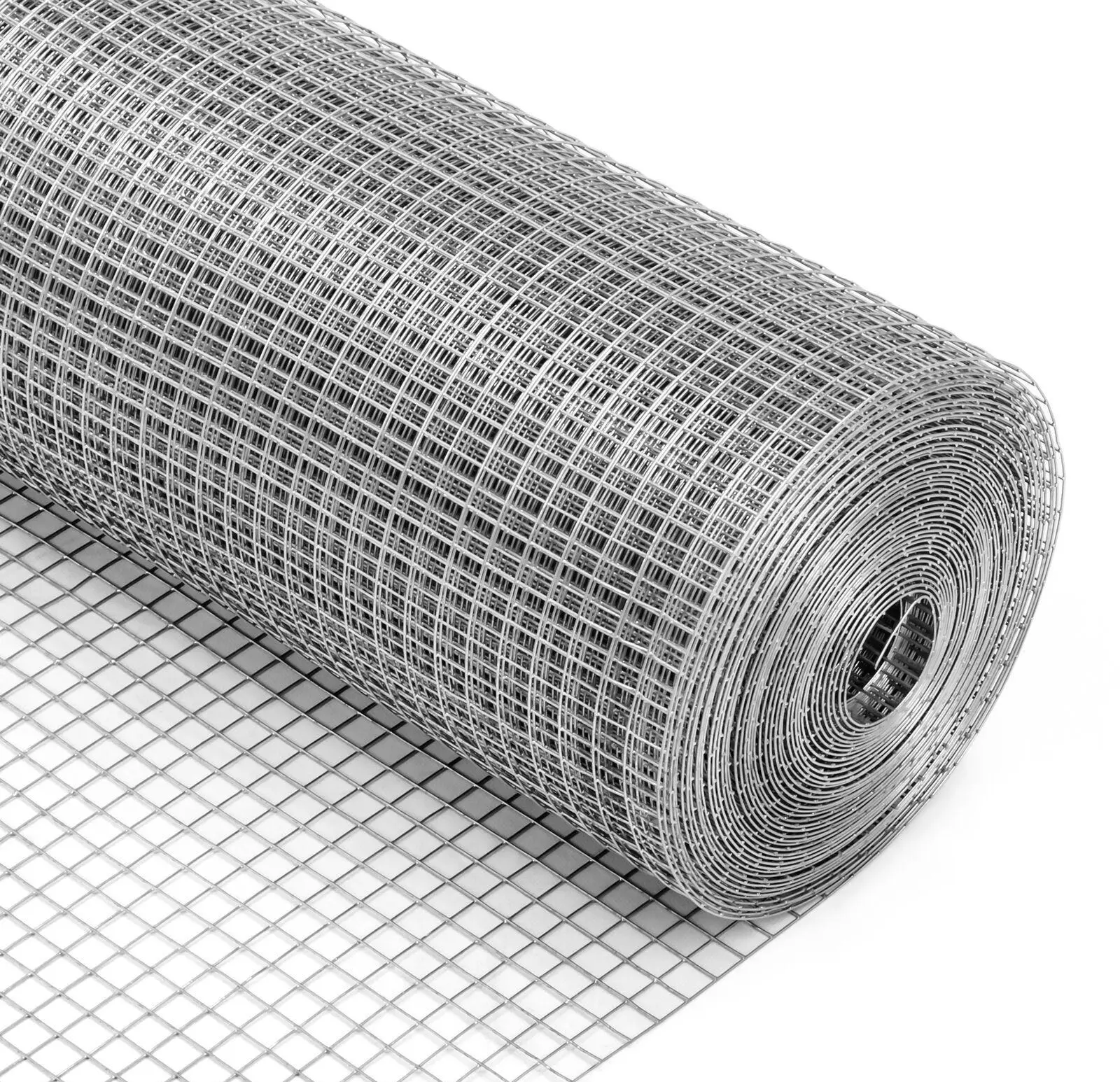Anti Hail Net | UV-Stable, High-Strength Orchard Shield
Field Notes on Anti Hail Net: what growers are really buying now

Climate volatility has changed procurement briefings. One week I’m talking frost fans, the next it’s Anti Hail Net for cherries and car lots in the same ZIP code—odd, but true. Growers tell me they can’t risk a single hail event anymore; insurance helps, but not like a physical barrier you can inspect with your own hands. This model from China uses new HDPE plus UV, and—surprisingly—it breathes well enough that canopy temps don’t spike.
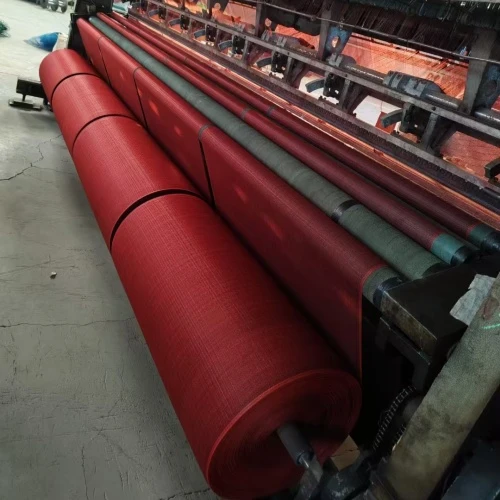
Industry trend check
Demand is up across orchards, vineyards, blueberries, and even greenhouse roofs. In fact, several distributors told me they’re moving from seasonal buys to year-round stocking. Car dealerships in hail-prone corridors (Colorado, northern Italy, Anatolia) are setting up semi-permanent net canopies. To be honest, the shift from “maybe” to “must-have” happened faster than expected.
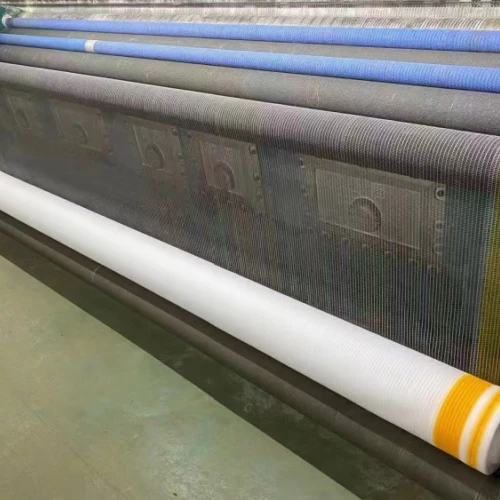
Technical snapshot
| Material | 100% new HDPE + UV stabilizers (HALS), food-safe pigments |
| Construction | Raschel warp-knit, monofilament |
| Mesh aperture | ≈ 2.8 × 8 mm (real-world use may vary by crop/region) |
| Mass per area | ≈ 55–90 g/m² |
| Tensile (ASTM D5035) | Warp ≥ 300 N/5 cm, Weft ≥ 250 N/5 cm |
| Light/shade factor | ≈ 10–20% shade; high airflow |
| UV endurance (ISO 4892-3) | 500–700 kLy class packages |
| Roll width × length | Up to 8 m (single); 10–12 m by joining | 50–200 m |
| Service life | 5–8 seasons (latitude and UV index dependent) |
| Origin | China |
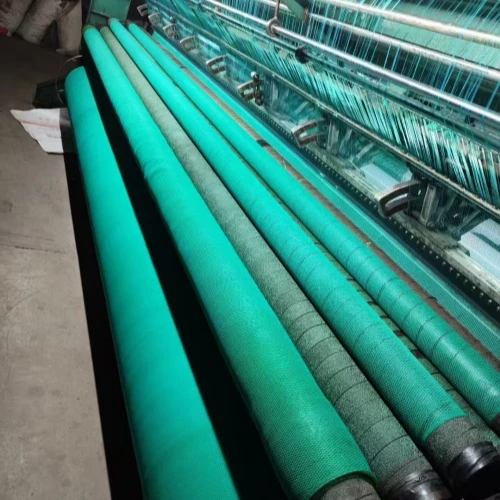
How it’s made (short version)
Pelletized HDPE is compounded with HALS UV stabilizers, extruded into monofilaments, then raschel-knit with reinforced selvedges and optional center ribs. QC includes strip tensile (ASTM D5035), mesh aperture checks, UV accelerated aging (ISO 4892-3), and thermal cycling. Many customers say the edge stability matters more than they expected—fewer tears at anchor points.

Where it’s used
- Orchards: apples, cherries, pears; vineyard canopy rows
- Berry farms and nursery stock windbreaks
- Greenhouse roofs and hoop-house retrofits
- Car parks and equipment yards in hail belts
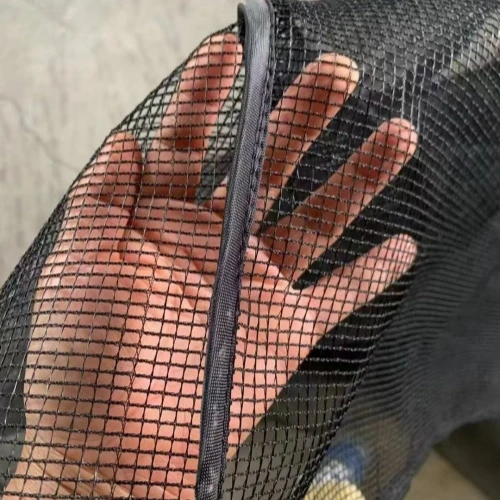
Vendor landscape (quick comparison)
| Supplier | UV package | Max width | Lead time | Price (EXW) ≈ | Warranty |
| YJ Wire Mesh (CN) | HALS 2–5% | 8 m | 2–4 weeks | $0.35–0.70/m² | 5-year pro‑rata |
| Italian Mill A | HALS 3–6% | 10 m | 4–8 weeks | $0.80–1.30/m² | 6–7 years |
| Turkish Supplier B | HALS 2–4% | 8 m | 3–6 weeks | $0.50–0.95/m² | 5–6 years |
Note: Prices and lead times fluctuate with polymer markets and shipping lanes.
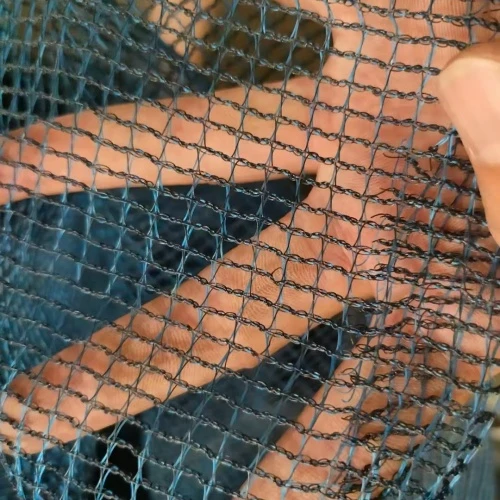
Customization options
Widths 2–8 m, lengths 50–200 m, edge reinforcement (selvedge or eyelet cords), colors (black, crystal, grey), GSM tuned to wind load, and smart accessories: zig-zag clips, bungee cords, aluminum profiles. I guess go heavier GSM if your site is gusty.

Real-world outcomes
- Mendoza vineyard: ≈80% reduction in hail losses over 3 seasons; no noted mildew increase due to airflow.
- Poland apple block (10 ha): net paid back in 2 years after a single storm saved the crop.
- US auto yard: cosmetic damage claims dropped by ≈92% after full-lot coverage.
Feedback from installers is consistent: the Anti Hail Net stretches evenly, knots don’t slip, and UV hold-up is “better than the price suggests.” Certifications commonly offered include ISO 9001 (factory), RoHS/REACH substance compliance statements.
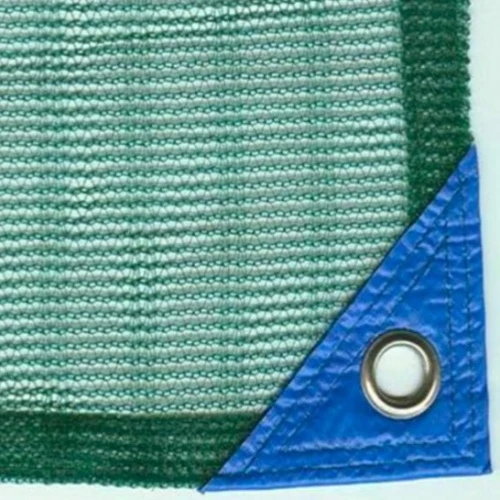
Buying tips (things pros actually check)
- Ask for tensile reports (ASTM D5035) and UV exposure curves (ISO 4892-3).
- Inspect selvedge density and stitch pattern—this is where tears start.
- Match mesh to crop: smaller apertures for stone fruit, standard for apples/grapes.
- Confirm wind design: anchor spacing, cable gauge, and clip type matter as much as the net.
Bottom line: a well-made Anti Hail Net is not just “insurance”—it’s crop quality control. Get the UV package right for your latitude, and you’ll likely get 5–8 good seasons without drama.
References
-
Anti Bird Netting – UV-Stable, Durable, Humane ProtectionNewsNov.17,2025
-
Welded Wire - Durable, Rust-Resistant Mesh, Custom SizesNewsNov.17,2025
-
Garden Mesh Sun Shade – UV-Resistant, Durable, Custom SizesNewsNov.17,2025
-
Bird in Net Solution: Humane, UV-Resistant Bird NettingNewsNov.17,2025
-
Stainless Steel Filters: Durable, Washable, High-FlowNewsNov.10,2025





